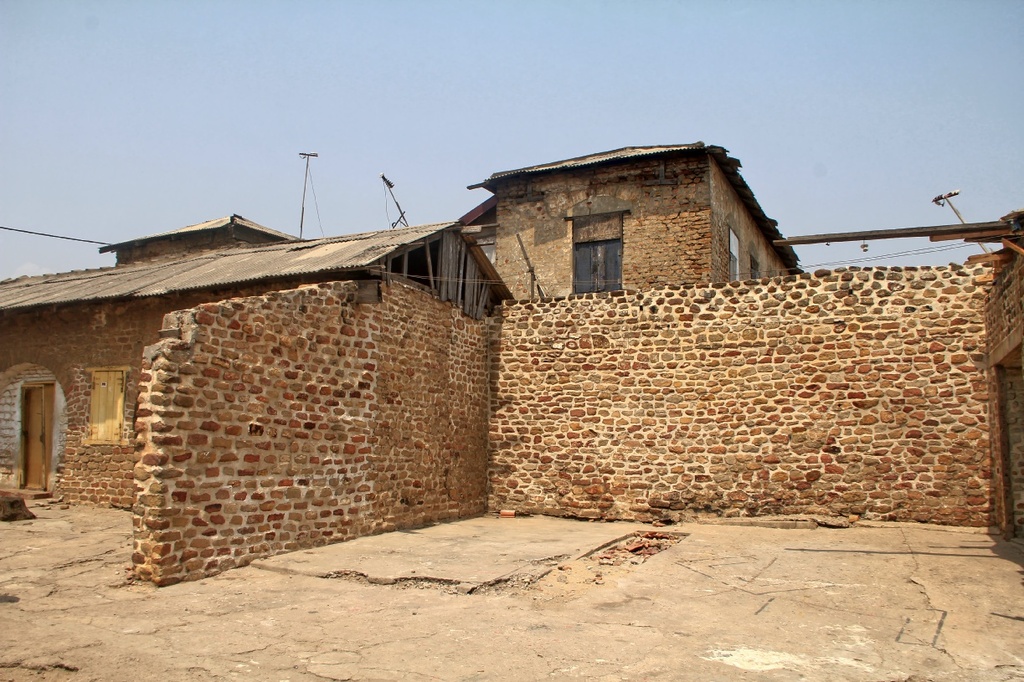⚓ Beneath the Surface: The Ga People and the Slave Trade in British Accra
The transatlantic slave trade shaped the history of West Africa in profound and painful ways. While European powers built forts and launched ships, it was often local African groups — including the Ga people of Accra — who facilitated the capture, transport, and sale of enslaved individuals. Their involvement was complex, driven by political alliances, economic opportunity, and survival in a rapidly changing world..
Ga Coastal Power and Trade Networks
The Ga people, settled along the Accra plains, were skilled fishermen, salt producers, and traders. By the 17th century, they had established strong coastal settlements like Osu, Ayawaso, and Soko. These communities became vital nodes in the trade networks that connected inland kingdoms to European merchants.
Ga leaders negotiated directly with Portuguese, Dutch, Danish, and British traders, offering enslaved individuals captured in warfare or purchased from neighboring groups in exchange for firearms, textiles, alcohol, and other goods
Fort Visão and the Hidden Tunnel
One of the earliest European structures in Accra was Fort Visão, built by the Portuguese around 1660. Though long forgotten by official records and heritage institutions, its ruins still stand in Jamestown — and beneath them lies a hidden slave tunnel, recently rediscovered.
This tunnel, carved into the laterite and coral stone beneath the fort, was used to move enslaved Africans discreetly from holding areas to the shoreline or to nearby forts like James Fort. Shackled and malnourished, captives endured hours of slow movement through the narrow passageways, often in complete darkness
The existence of this tunnel challenges the assumption that Fort Visão was destroyed and forgotten. It also underscores the fort’s role in the slave trade — not just as a trading post, but as a site of human suffering and logistical coordination.

Middle corner. That`s where the slaves and goods entered from Franklin House, the hidden tunnel. Leading to Fort James and the harbor. (c) Remo Kurka
Brokers, Makelaars, and Ga Middlemen
Ga individuals like Wetse Kojo rose to prominence as makelaars — brokers who negotiated deals between European traders and African suppliers. Fluent in English and trusted by both sides, Kojo became one of the wealthiest men in British Accra. His success reflected a broader pattern: Ga elites who leveraged their coastal position and linguistic skills to dominate the slave trade economy.
These brokers were not passive participants. They actively shaped trade routes, controlled access to captives, and profited from the system. Their involvement complicates the narrative of victimhood and highlights the entangled roles Africans played in the transatlantic trade.
Living History and the Call for Recognition
Today, Fort Visão is privately owned and inhabited — its ruins forming part of a compound passed down through generations. Yet it remains unrecognized by UNESCO, GMMB, or other heritage bodies. The tunnel beneath it is a powerful symbol of forgotten history, waiting to be acknowledged and preserved.
Historians and conservationists are now calling for the restoration of Fort Visão, alongside James Fort and Brazil House, to honor the full scope of Ghana’s coastal heritage — including the painful chapters that still echo beneath the surface.
Reflection
The Ga people’s involvement in the slave trade was shaped by their geography, politics, and agency. Fort Visão and its hidden tunnel offer a rare glimpse into this layered past — one that demands recognition, reflection, and remembrance.